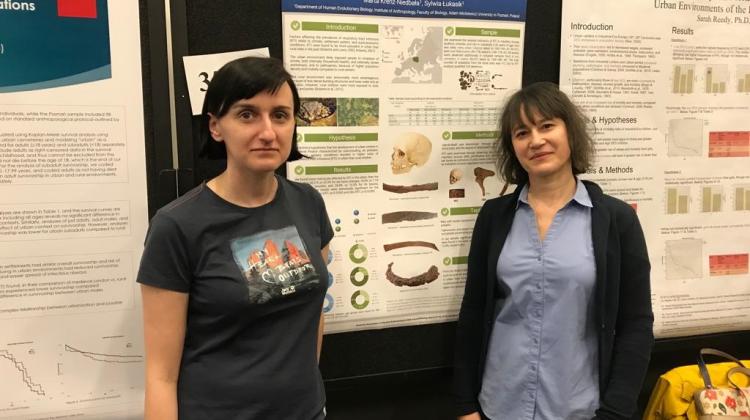Long-range interactions during genome folding
 Adobe Stock
Adobe Stock
An international team of researchers with the participation of Polish scientist has discovered a new mechanism of genome folding in fruit flies. The elements of the genome pair up despite considerable distances, forming meta-loops. The genes associated with them are responsible for important neuronal development processes.
The results of the study were published in the prestigious journal “Cell”.
Genetic information is interpreted within a complex three-dimensional genome folding architecture. Chromosomes in the cell nucleus are organized in such a way that the regulatory elements are located in the vicinity of the genes they regulate, the Polish research participants explain on the website of the University of Warsaw.
They add that the 3D organization of the genome spans multiple scales. Among them are well-demarcated physically interacting domains, known as Topologically Associated Domains (TADs). TADs are the basic units of genome organization in many species, ranging from yeast to human.
A team of researchers led by Professor Maria Cristina Gambetta from the University of Lausanne, Dr Aleksander Jankowski from the Institute of Informatics, University of Warsaw and Professor Michael S. Levine from Princeton University presented a previously unreported level of genome folding.
The researchers found that in the nervous system of fruit fly Drosophila melanogaster, distant pairs of TADs interacted across distances, as long as half a chromosome, forming so-called meta-domains.
Within these meta-domains, specific gene promoters and regulatory elements are paired together, even though they are located tens of TADs away as measured along the chromosome. The genes associated with these meta-loops encode important neuronal determinants, including those engaged in axonal guidance and adhesion.
'Meta-loops show a high degree of evolutionary conservation across two remote fly species. The ends of these meta-loops recognize each other despite the difference in genomic distances between matching genomic loci in the two species,’ says Dr Aleksander Jankowski from the Institute of Informatics at the University of Warsaw.
The researchers predicted that meta-domains were formed by diverse transcription factors able to pair over long and flexible distances. They experimentally showed that two such factors, GAF and CTCF, played direct roles in this process.
They also observed the relative simplicity of the meta-domain interactions in fruit flies, compared with those previously described in mammals.
The new mechanism of genome folding is important for the regulation of neuronal gene transcription. The scientists expect that genomes can fold into many highly specialized scaffolds that enable long-range regulatory interactions.
PAP - Science in Poland
kol/ bar/ kap/
tr. RL
Przed dodaniem komentarza prosimy o zapoznanie z Regulaminem forum serwisu Nauka w Polsce.

















